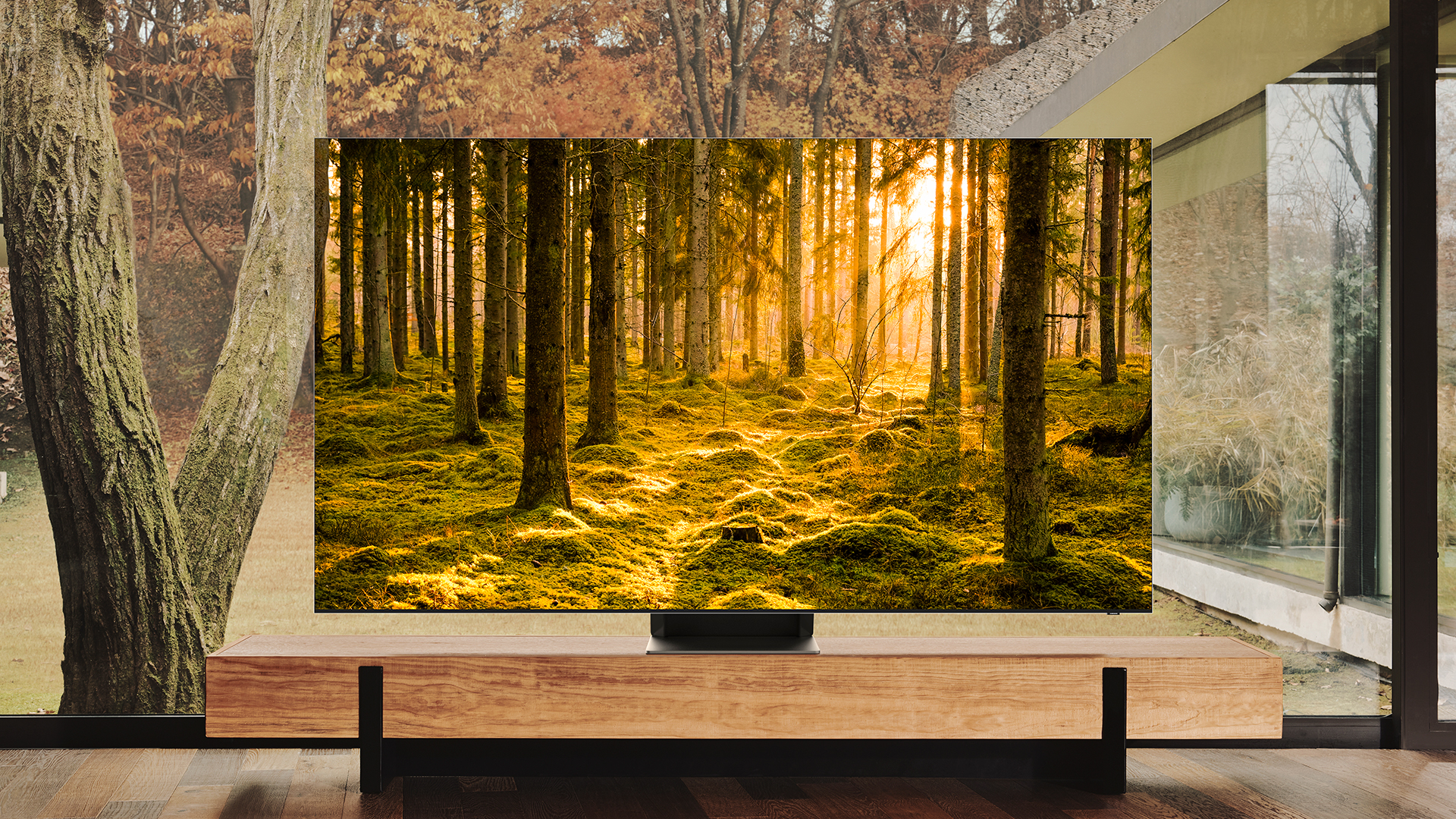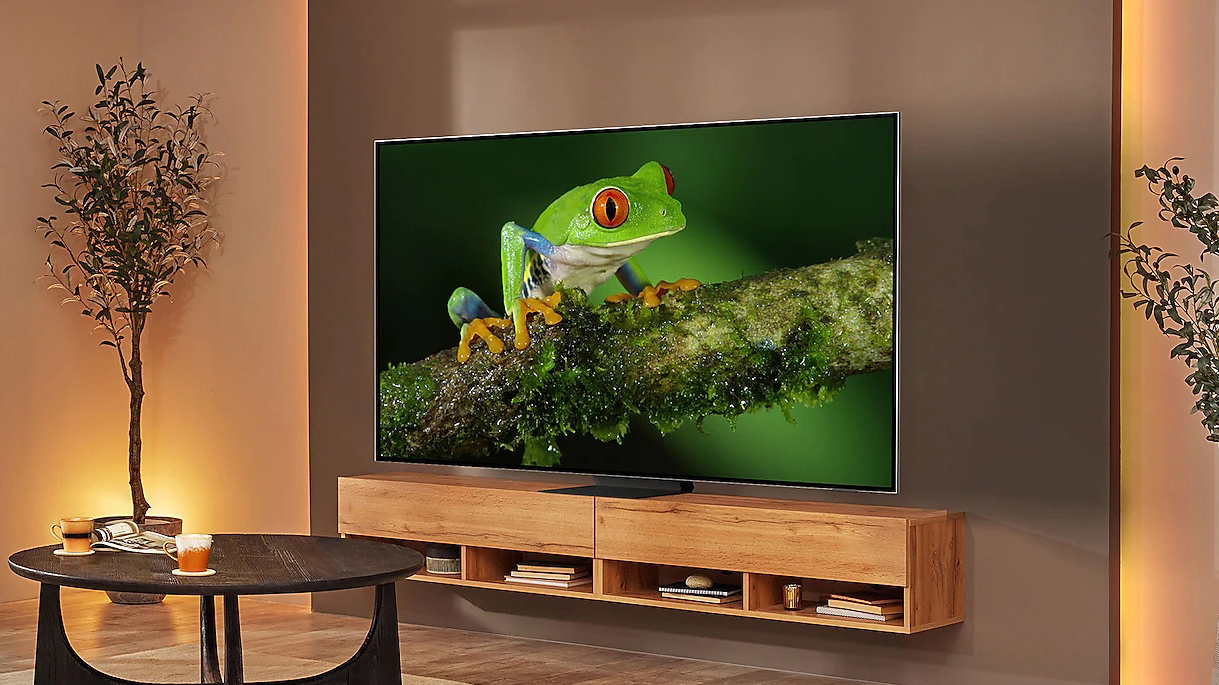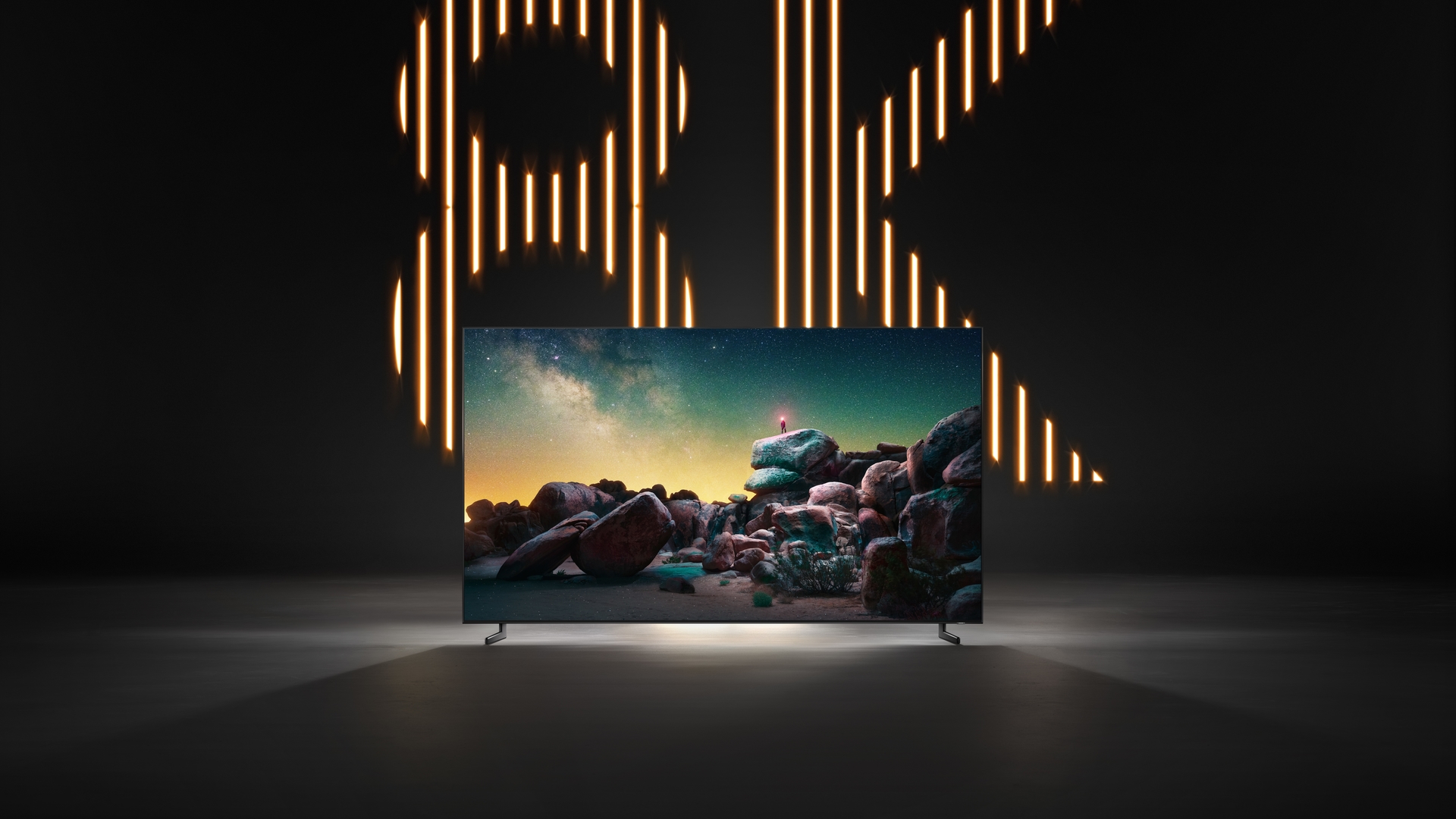Should you buy an 8K TV in 2023? I just tested the best in the world – here are the pros and cons
Are those extra pixels really worth the extra cash?

The history of AV electronics is littered with once promising technologies which, for this or that reason, failed to catch on with a notoriously fickle – some might say, simply hard-headed – consumer base. For every HD or 4K TV success story, there’s a Betamax or 3D TV flop.
The latest AV technology used in the best TVs that seems to be teetering on the brink of doom is 8K resolution. When 8K was first introduced to TVs back in 2013, it seemed like a pretty safe bet. After all, the successful launches of HD and 4K had both suggested that the idea of more pixels making better pictures was an easy sell.
A decade later, though, even the best 8K TV sales not only haven’t exploded as expected, but actually appear to be reducing year on year. Having, though, just spent quality time with Samsung’s flagship 8K TV for 2023, the Samsung QN900C – which I found it to be an outstanding performer – we thought it was time (again!) to ask whether the apparent lack of consumer love for 8K is actually fair.
In the ‘yes, 8K is pointless’ column are four main arguments – and there’s no doubt that three of them, at least, are pretty persuasive. But there are also plenty of reasons why the higher resolution is worth investing in. We break down the benefits and disadvantages below.
The case against buying an 8K TV
First up is the lack of native 8K content. Despite countless promises over the years that significant quantities of 8K television shows and movies are just around the corner, the amount of native 8K content out there in the real world remains painfully low. This hasn't changed much from when we first asked the question, 'does anyone actually want to buy an 8K TV' back in 2019.
Pretty much just industry demos and a little user-generated content, really. And if anything, talk of upcoming 8K content seems to have dried up in recent times. There just doesn’t seem to be any taste it among content creators. Not having and no longer expecting content that can unlock their full native potential heavily impacts a ‘traditional’ case for 8K screens.
Next, 8K TVs remain expensive. Perhaps because of the seemingly terminal lack of 8K content, the number of TV brands launching 8K TVs hasn’t grown as fast as expected. In fact, if anything it’s retracted, with only Samsung, Sony and LG offering consistent global 8K support at the moment. This means that production of 8K panels hasn’t increased to the levels where you might start to see substantial economies of scale feeding into retail pricing.

To give you some idea of the 8K price problem, the Samsung 75QN900C we’ve just tested costs $5,999 / £5,999 / AU$8,499. Meanwhile, the 75-inch sized version of Samsung’s UK flagship 4K alternative, the Samsung QN95C, costs just $4,199 / £4,999, and Samsung’s top 75-inch 4K TV in the US, the Samsung QN90C, costs just $2,599 / £3,799 / AU$5,299. As for other TV makers, Sony’s 75-inch 8K TV – which, perhaps tellingly, is a hold over from 2022 – the LCD 75Z9K, costs $5,500 / £7,499, while the brand’s 77-inch flagship 4K TV, the Sony A95L Quantum Dot OLED TV, costs $5,000 / £5,999. Sony’s flagship 75-inch 4K LCD TV, meanwhile, only costs $2,700 / £2,999. Most strikingly of all, LG’s 8K OLED TV for 2023, the 77-inch OLED77Z3, costs an eye-watering £14,999 in the UK, while the the same size version of LG’s most premium 4K OLED TV – the LG C3 – costs just £3,999. There’s no sign of the Z3 in the US yet, but last year’s 77-inch Z2 8K model cost… $24,999. Clearly fitting 8K’s 7640 x 4120 pixel count into self-emissive screens is quite the challenge.
The third big argument against 8K is that it doesn’t deliver enough of a discernible picture quality benefit to justify its expense. In fact, some say it makes no difference at all from regular viewing distances.
One final 8K issue that raised its head this year is the difficulties 8K TVs face with trying to meet the EU’s new stringent TV power consumption regulations. Samsung managed to work round these limitations by shipping its 8K TVs set out of the box to low-brightness Eco picture presets (though we also noticed that, whether for power or picture quality reasons, the 75QN900C was significantly less bright even outside of the Eco preset than its 2022 8K predecessor was). But the whole kerfuffle raised awareness among consumers that an 8K TV can have more impact on your electricity bill than a 4K one.
The case for buying an 8K TV
The main argument or 8K TVs, based on our experience of both this year’s QN900C and 2022’s flagship Samsung QN900B, is that 8K resolution does make a different to picture quality. And it does so, moreover, in ways that actually are visible from regular viewing distances. You don’t have to stick your head right up against the screen to appreciate all those extra pixels.
Put similarly sized, similarly specified (apart from their resolution) 8K and 4K TVs side by side and the 8K screen will produce pictures that look sharper, more textured/detailed, denser, more three dimensional, deeper, and best of all, more immediate. It’s like looking through a window rather than looking at a screen.
What’s more, while the 8K picture advantage is predictably at its most pronounced with native 8K sources if you can get your hands on any, the AI-bolstered picture processing inside today’s premium Samsung, Sony and LG 8K models means that even upscaled 4K pictures can look better on 8K screens than they do on even premium 4K TVs. This is a massive deal in a world where it’s impossible to still feel convinced that significant amounts of native 8K content will be turning up any time soon.

Some will continue to say there isn’t much perceptible difference between 4K and 8K resolution images, but repeated head to heads between the two resolutions we’ve witnessed over the years (see my recent full review of it) have consistently shown there are visible differences. Especially when it comes to depth of field and immersiveness.
Some purists will also argue that upscaling is pretty much an abomination by default. This doesn’t take into account, though, the remarkable capabilities of the latest upscaling engines, and the impressive real world experiences they can now provide with 8K TVs playing 4K content.
It’s true, to be clear, that upscaled HD and SD content can look a bit soft on 8K TVs - but even with this content the best of the latest upscaling systems are actually uncannily good at spotting the difference between real picture information and picture noise, even with very low-quality sources, as they go about their upscaling work.

Some 8K TVs crucially also deliver other picture quality benefits beyond those directly associated with their resolution. Samsung, in particular, has consistently reserved its highest level of screen specification, including offering more brightness, more local dimming zones and a wider colour palette, for its 8K TVs. Samsung has actually reduced this sort of wider specification differentiation between its 2023 8K and 4K ranges, but as we explain in our 75QN900C review, there are certainly still areas of difference in the 8K screen’s favour that go beyond mere resolution.
The fact that the best 8K TVs outperform 4K siblings in multiple picture quality areas crucially helps to justify their higher prices, of course.
The recent issues of 8K TVs struggling to meet new power consumption regulations, meanwhile, can arguably be seen as more of an issue with over-zealous regulators not appreciating the finer points of TV technology than a problem with 8K power consumption significantly impacting your power bills (or the planet). Let’s just say that it was certainly no great surprise when this kerfuffle died away pretty much instantly as soon as Samsung found a way to meet the EU’s power requirements rather than having to pull its 8K TVs from the market.
Final verdict: should you buy an 8K TV?
To try and sum all this up as best we can, there’s no doubt that the 8K TV market continues to be impacted by issues, especially high prices and the increasing likelihood that significant amounts of 8K content are never going to materialise, that make it a tough sell. Maybe even an increasingly tough sell.
At the same time, though, the best 8K TVs actually can deliver better picture quality, even with 4K and good quality HD sources, than the best 4K TVs, at least when it comes to detail, depth and image density.
So while it might be hard to suggest any more that 8K TVs are a ‘must buy’ for AV fans, it’s also reasonable to say that the best of them, at least, offer enough performance appeal even in today’s 4K world to still represent a serious temptation for anyone who can afford one.
You might also like
Get daily insight, inspiration and deals in your inbox
Sign up for breaking news, reviews, opinion, top tech deals, and more.
John has been writing about home entertainment technology for more than two decades - an especially impressive feat considering he still claims to only be 35 years old (yeah, right). In that time he’s reviewed hundreds if not thousands of TVs, projectors and speakers, and spent frankly far too long sitting by himself in a dark room.
